Table of content
Living with diabetes requires constant monitoring and adjustments. Continuous glucose monitors (CGMs) have transformed diabetes management by removing repeated finger pricks and providing continuous blood sugar readings on a handheld monitor or directly to your compatible smartphone. However, since these sensors are to be inserted under the skin, that too with a tiny microneedle only, thus, keeping your sensor securely attached can be a little challenging. That’s where CGM patches come in!
CGM Monitors understands the importance of reliable sensor adhesion, especially for active individuals. Some best practices to extend your CGM sensor’s life have been discussed here.
Optimizing Sensor Placement:
- Choose the right location: The recommended application sites on your body will vary depending on the CGM sensor brand and model of the sensor you use. Generally, areas with some fat, minimal movement and less sweat or friction are ideal. Common spots include the back of the upper arm, abdomen, thighs, and upper buttocks (for kids). Yet again, it varies between brands and models, e.g., Dexcom G7 sensor can be inserted on the back of the upper arm or the upper buttocks of kids aged 2 – 6 years, and the arm site is suitable for 7 years or older; while the Libre 3 Plus sensor is recommended to be worn on the back of upper arm only.
- Prep the area: Clean the application site by rubbing alcohol and allowing it to dry completely. Remove any lotions, oils, or residue that might hinder adhesion.
- Shave if necessary: Short hair on the application site can improve patch adherence. However, shaving is not always mandatory.
Applying CGM Patches:
- Follow the manufacturer’s instructions: Each CGM patch brand might have slightly different application procedures. Ensure you follow the specific instructions provided with your CGM Patches.
- Apply gentle pressure: After placing the patch on your CGM sensor, press firmly the edges for about 30 seconds to ensure proper adhesion.
Enhancing Patch Security:
Waterproof your patch: Taking showers won’t damage your CGM patches. However, most patches are water-resistant, but not entirely waterproof. Consider using additional waterproof covers or dressings, especially during swimming.
Wear breathable clothing: Go for loose-fit cloth, comfortable clothing minimizes friction against the sensor and patch.
Avoid extreme temperatures: Excessive heat (temperatures exceeding around 113°F (45°C) or freezing cold doesn’t only affect your CGM sensor but can patch adhesion as well. Be mindful of these factors and take precautions when necessary.
Additional Tips:
- Rotate sensor sites: Regularly changing the CGM sensor application site helps prevent skin irritation and maintains optimal sensor performance.
- Listen to your body: If you experience any discomfort or irritation, remove the patch or even the sensor and consult your healthcare professional.
CGM Patches: Designed for Confidence
At CGM Patches, we are committed to providing high-quality patches that enhance your CGM experience. Our patches are designed for:
- Durability: Made with long-lasting materials (cotton and spandex) to endure daily wear and tear.
- Comfort: Breathable and flexible for maximum comfort during all activities.
- Security: Strong acrylic adhesive to keep your sensor secure, even during exercise or showering.
Living with diabetes should not be a constant worry. By following these tips and using reliable CGM patches, you can extend sensor life and gain the confidence you deserve in your blood sugar monitoring. Don’t limit yourself!
Disclaimer: This information is for general knowledge only and does not constitute medical advice.

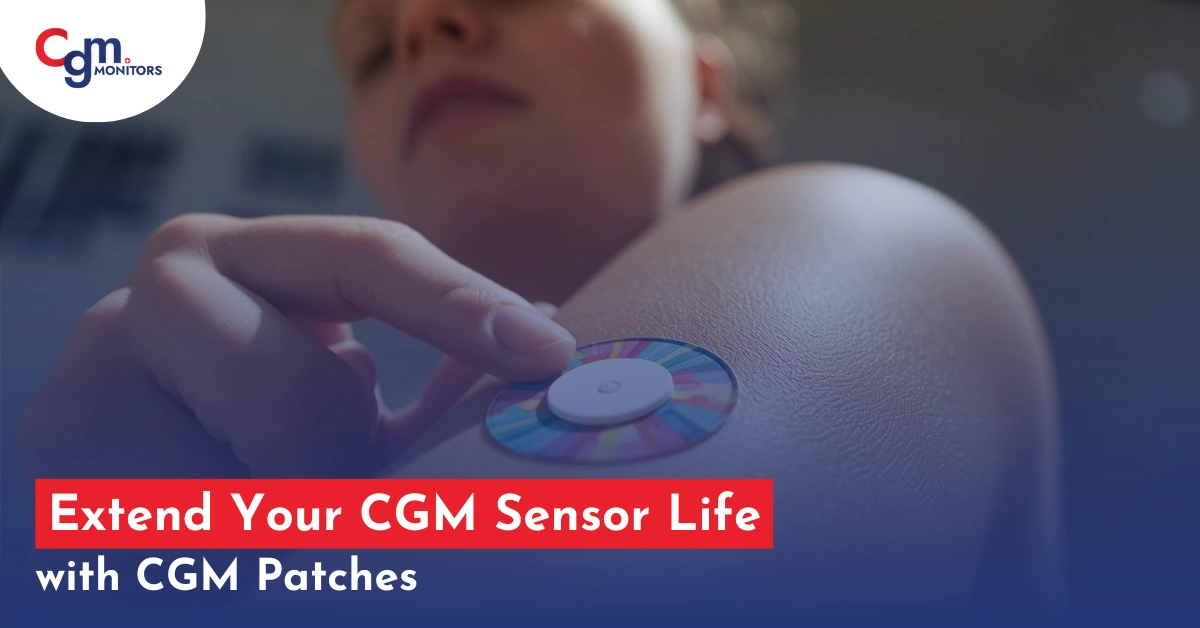
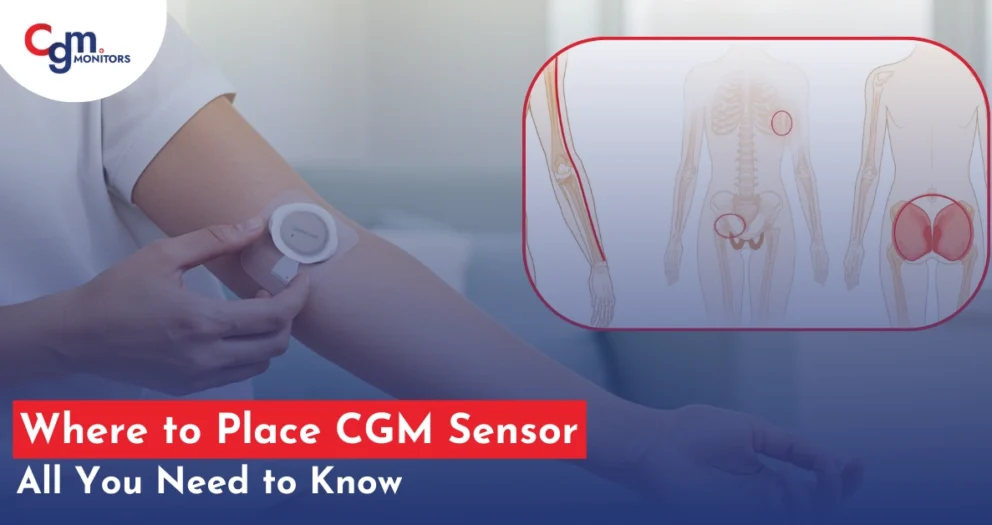
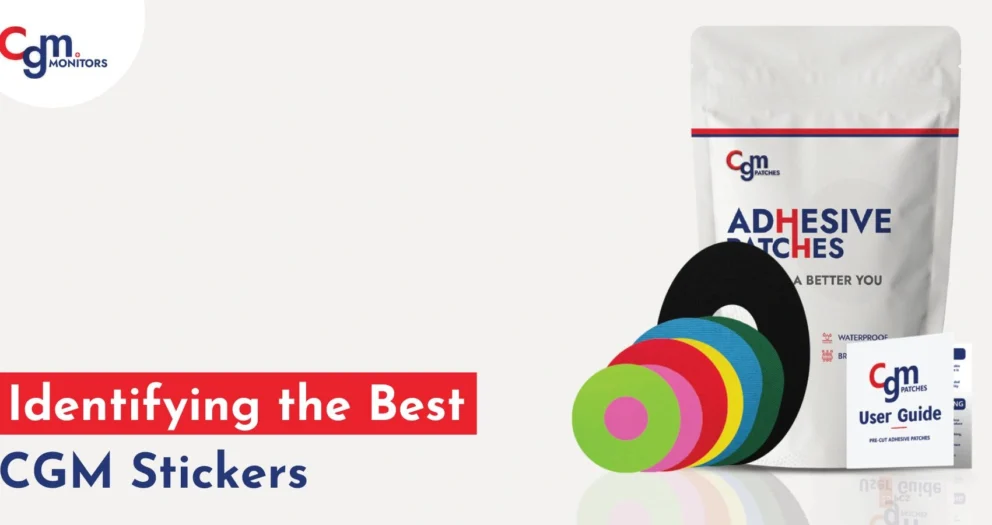
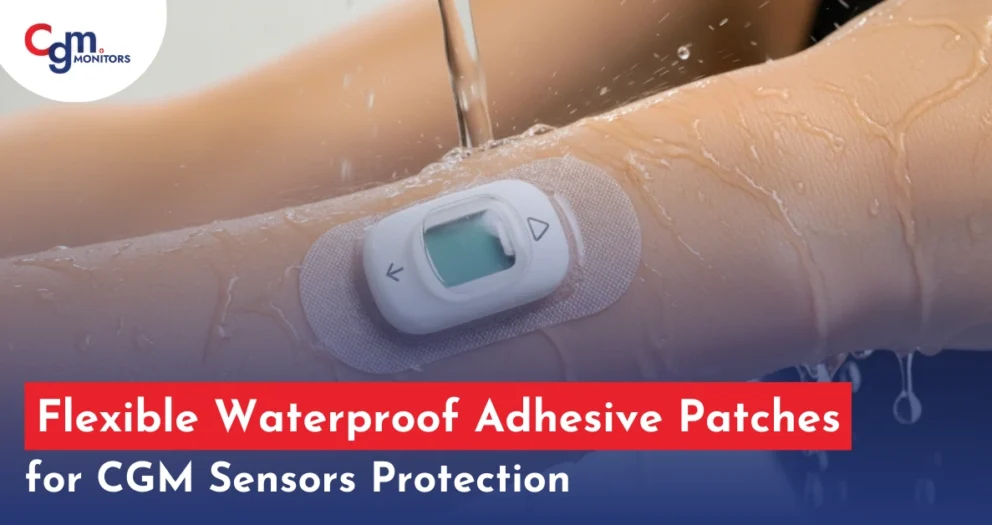
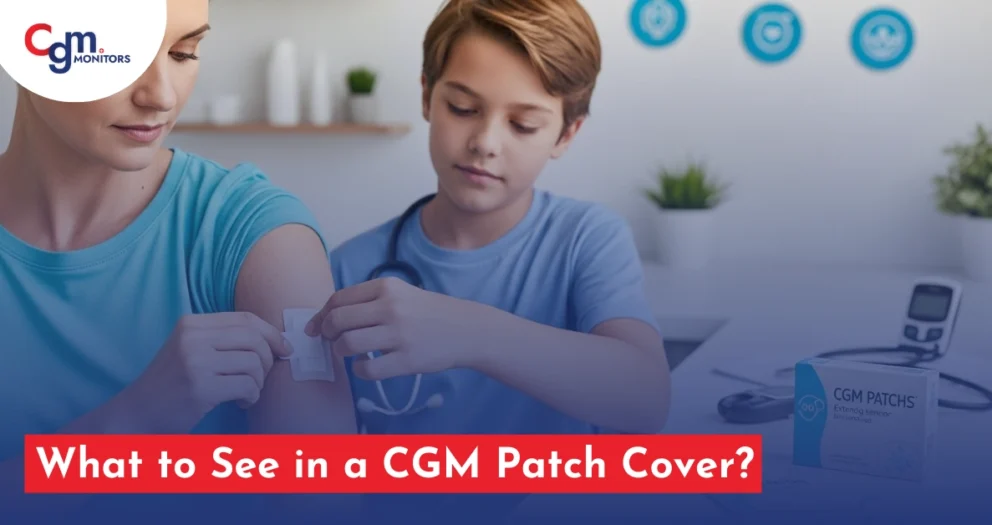
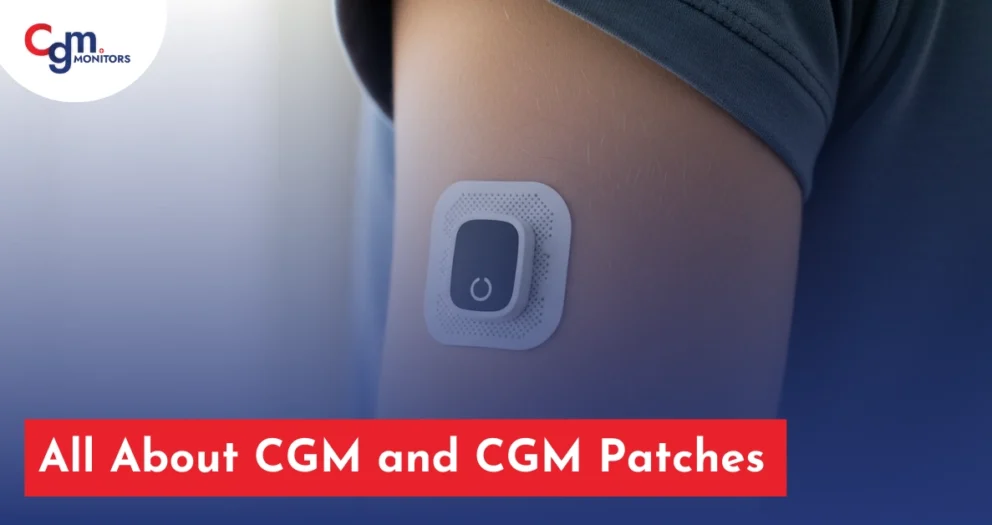
Write a comment
Your email address will not be published. All fields are required